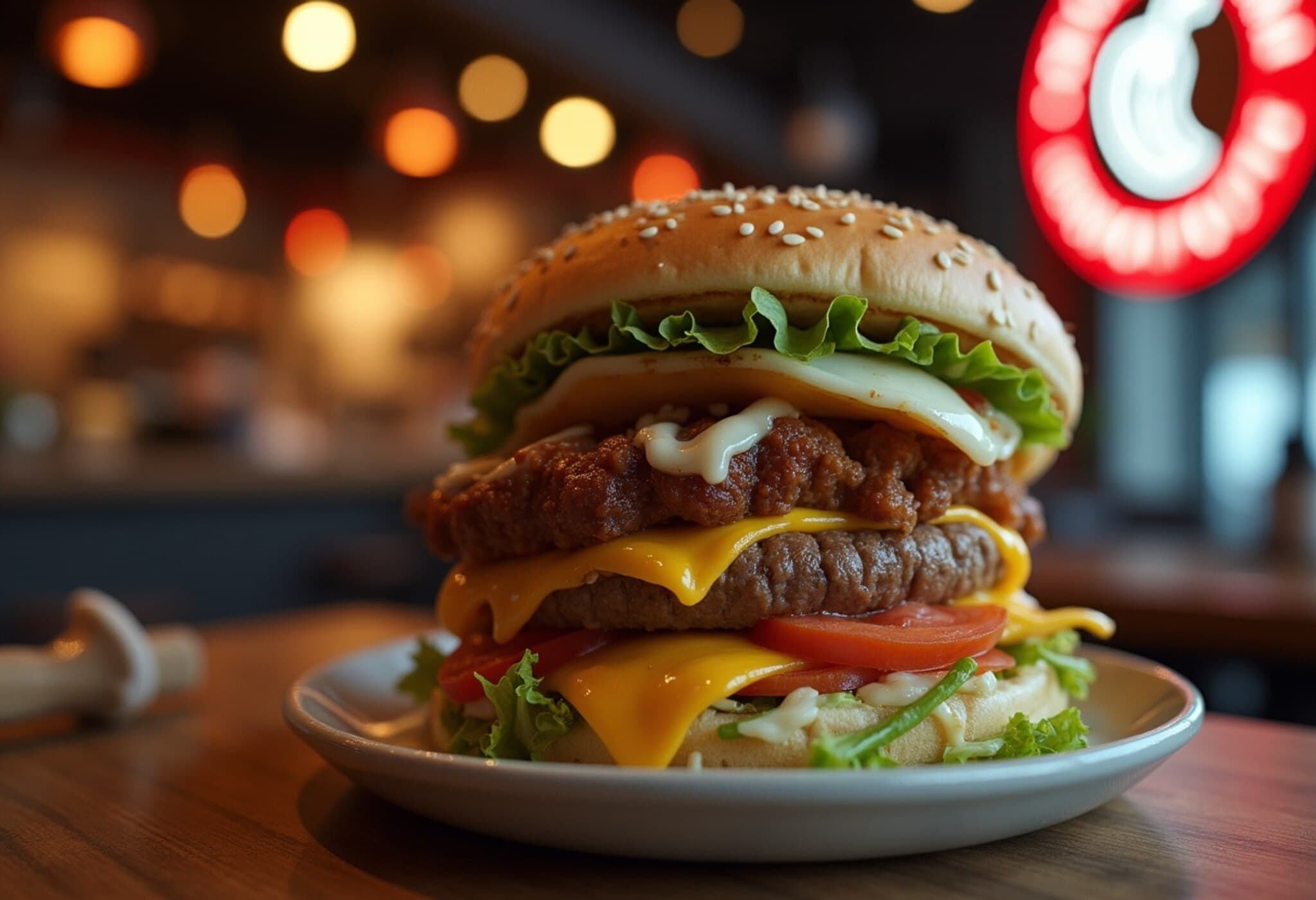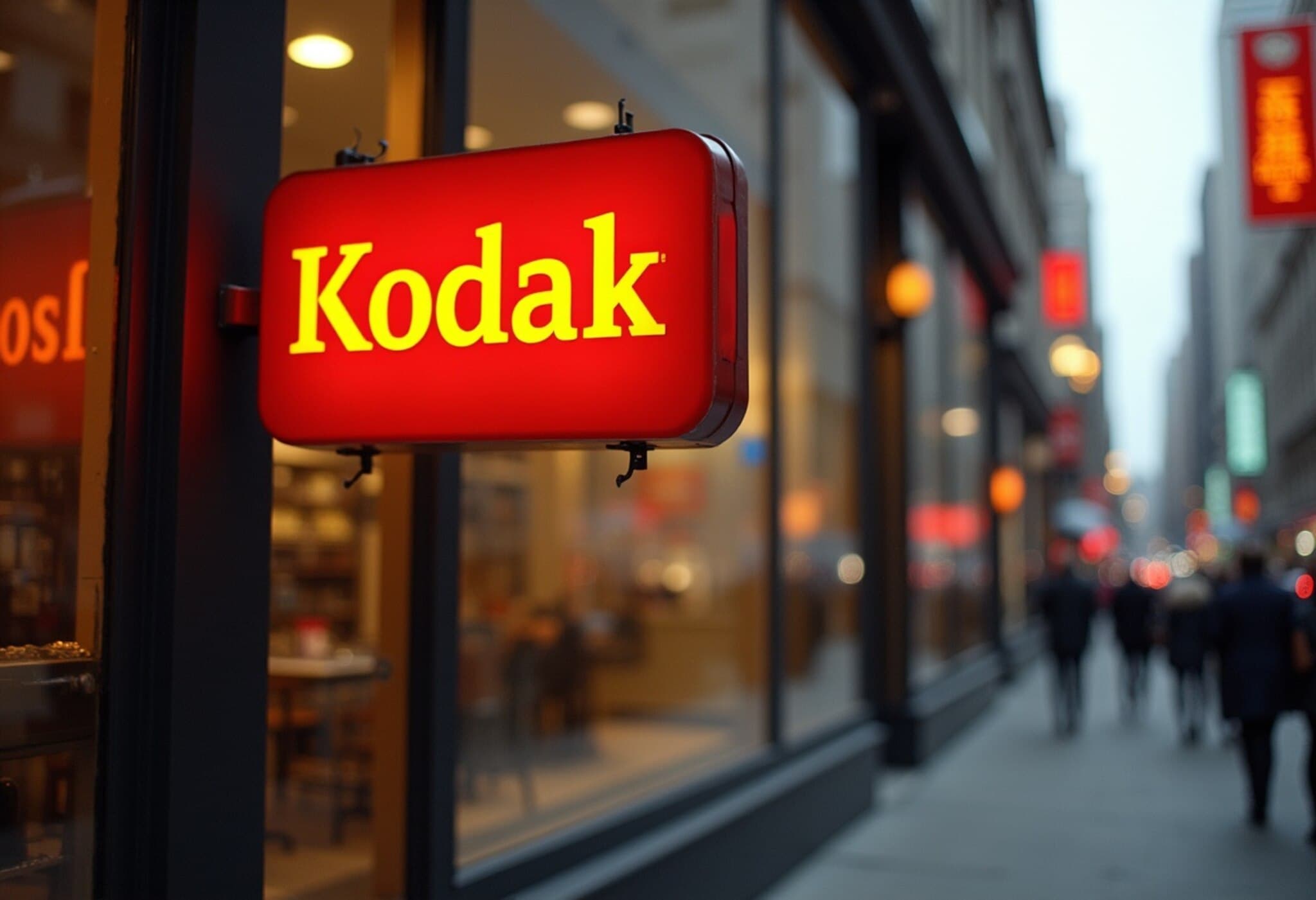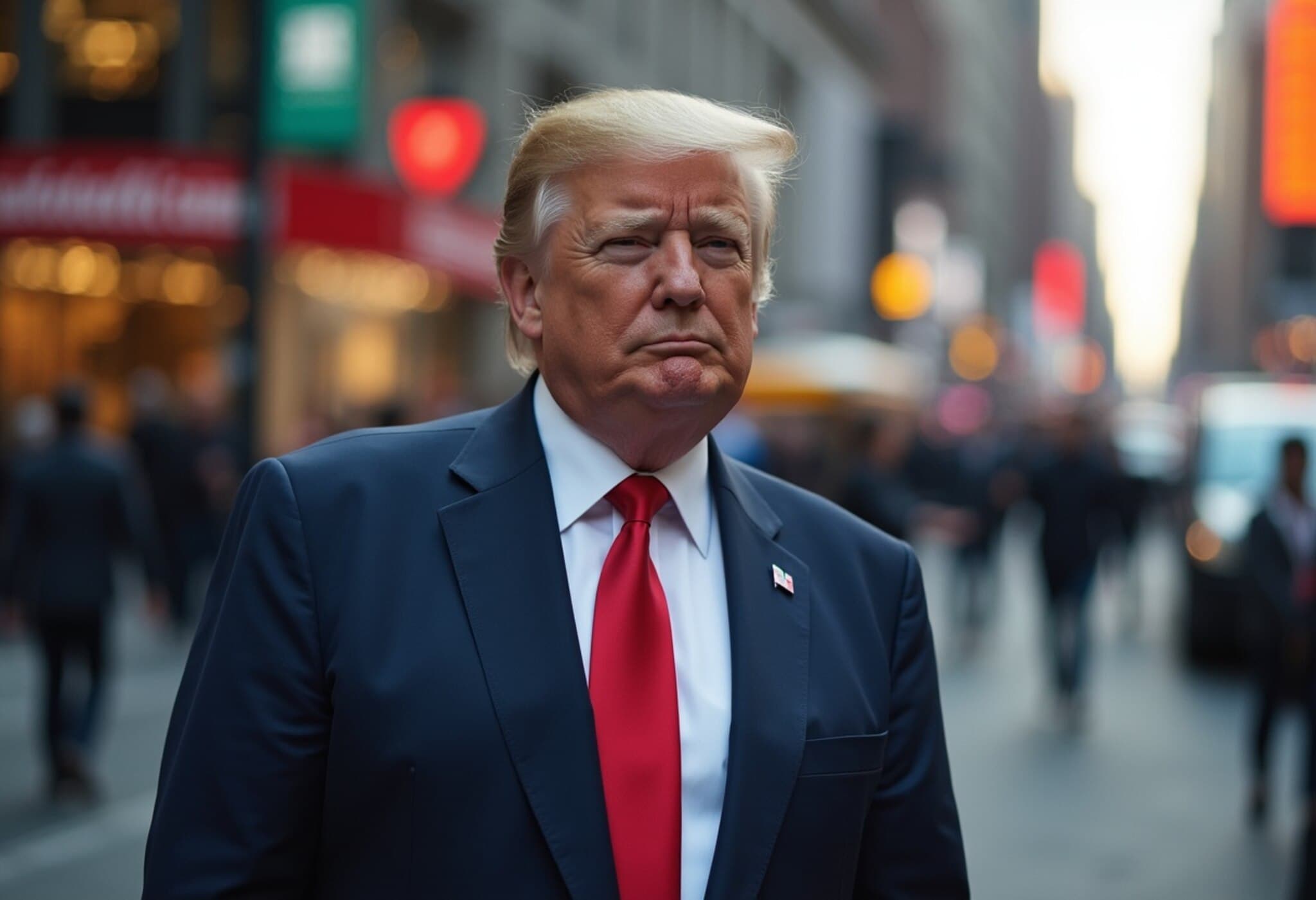Chipotle Revises Same-Store Sales Outlook Downward for 2025
Chipotle Mexican Grill has adjusted its expectations for same-store sales growth in 2025, signaling ongoing challenges in attracting diners to its restaurants. The popular fast-casual burrito chain now expects same-store sales to remain flat this year, a notable downgrade from its prior projection of modest single-digit growth. This marks the second consecutive quarter the company has trimmed its forecast, accompanied by a decline in customer visits.
Q2 Financial Performance: A Mixed Bag
In its second quarter earnings report, Chipotle posted revenues of $3.06 billion, slightly below Wall Street’s estimate of $3.11 billion. Earnings per share came in at an adjusted 33 cents, precisely meeting analyst expectations. Despite revenue growth driven by new restaurant openings, same-store sales fell by 4% — a sharper decrease than the previous quarter's 0.4% drop and exceeding the anticipated 2.9% decline.
Traffic—the number of dine-in and takeout customers—dropped by 4.9% during Q2, while the average spend per customer increased by about 1%, only partially offsetting fewer visits.
Industry Context and Consumer Behavior
Just last year, Chipotle managed to beat industry trends by delivering robust sales and traffic growth amid a general slowdown in the restaurant sector. However, by the final quarter of 2024, sales began to soften. Executives attributed the initial dip to timing factors around the holiday season. Subsequent headwinds included severe weather events such as California wildfires and a broader pullback in consumer spending during early 2025.
CEO Scott Boatwright highlighted concerns over the economy during the first-quarter earnings call, noting that many consumers adjusted their priorities—cutting back on discretionary spending like dining out and instead focusing on savings.
Financial Metrics and Growth Plans
Net income for Q2 stood at $436.1 million (32 cents per share), compared to $455.7 million (33 cents per share) in the same period last year. When excluding impairment charges, legal expenses, and other one-off costs, earnings aligned with guidance at 33 cents per share.
Despite the challenges in traffic and sales, Chipotle remains committed to expanding its footprint, reaffirming plans to open between 315 and 345 new restaurants in 2025. This growth strategy suggests the company is banking on new market penetration to fuel long-term revenue gains.
What This Means for Investors and Consumers
Shares of Chipotle fell approximately 7% in after-hours trading following the earnings announcement—a sharp reminder of the market’s sensitivity to traffic trends in the restaurant industry. For investors, the traffic slowdown raises critical questions about consumer behavior amid economic uncertainty and inflationary pressures. For consumers, it may reflect a broader re-evaluation of dining-out habits, with cost-conscious customers seeking value or reducing discretionary spending altogether.
Restaurant analysts will be watching closely how Chipotle adapts its menu pricing, promotional strategies, and digital ordering capabilities to reignite traffic and sustain growth.
Expert Insight: Navigating the Crosswinds of Consumer Spending
From a policy perspective, Chipotle’s experience underscores the ongoing pressures on consumer discretionary spending as economic conditions fluctuate. Rising interest rates, inflation concerns, and unpredictable weather patterns all play roles in shaping dining trends. Fast-casual chains like Chipotle must remain agile—balancing expansion ambitions with responsive marketing and customer engagement.
Moreover, the shift in consumer behavior raises broader questions about the resilience of casual dining sectors in the United States and how innovation—such as loyalty programs, healthier menu options, or sustainability initiatives—could drive renewed interest among budget-conscious diners.
Editor’s Note
Chipotle’s decision to lower same-store sales expectations for 2025 reflects the complex interplay between economic uncertainty and consumer spending habits amid post-pandemic recovery challenges. While their expansion plans indicate confidence in long-term growth, the near-term traffic decline highlights the importance of strategic adaptability.
For readers, this case offers a glimpse into how major food chains navigate turbulent market conditions and underscores the importance of monitoring changing consumer preferences as a key indicator for restaurant industry health.



















